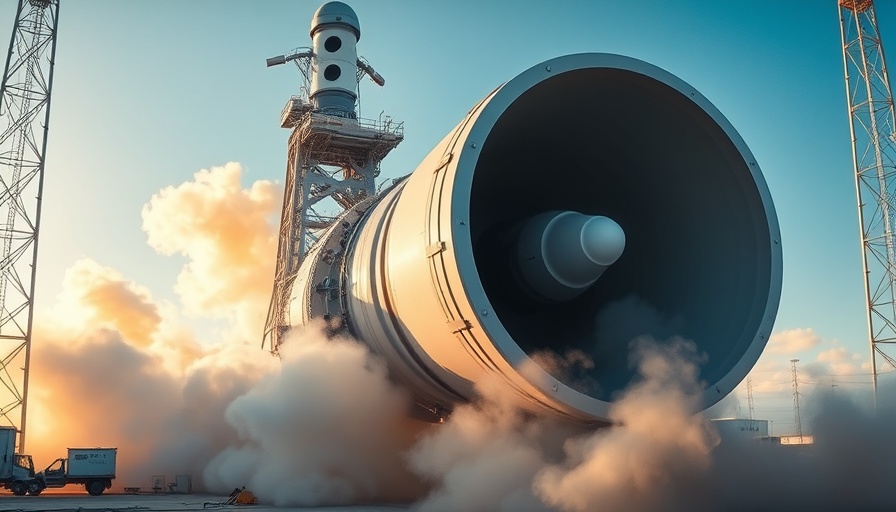
Revolutionizing Space Travel: The Venus Aerospace Breakthrough
In a groundbreaking achievement, Houston-based Venus Aerospace has successfully tested the first-ever rotating detonation rocket engine (RDRE) within the United States. Conducted on May 14, 2025, at Spaceport America in New Mexico, this test signals a significant leap toward a future where high-speed air travel could become both accessible and sustainable. At 9:37 a.m. EDT, a small rocket equipped with the RDRE lifted off, marking a historic moment for U.S. aerospace innovation.
How the RDRE Works: A Game Changer in Rocket Propulsion
The RDRE represents a paradigm shift in rocket propulsion technology. Unlike traditional engines that burn fuel in a managed combustion chamber, RDREs utilize a continuous detonation wave traveling in a circular motion within a ring-shaped chamber. This innovative design produces higher pressure and thrust while consuming significantly less fuel. As Venus Aerospace CEO Sassie Duggleby pointed out, "We've proven that this technology works — not just in simulations or the lab, but in the air." With the potential to achieve speeds of up to Mach 6, these engines could change the dynamics of flight.
The Vision for the Future: Hypersonic Passenger Aircraft
Venus Aerospace is not stopping at the RDRE. The company is also developing the VDR2 air-breathing detonation ramjet, which works in conjunction with the RDRE. This dynamic duo aims to facilitate sustained hypersonic flight without the need for boosters. As CTO Andrew Duggleby articulated, "This is the foundation we need that, combined with a ramjet, completes the system from takeoff to sustained hypersonic flight." The ultimate goal? Their Stargazer M4, a reusable passenger aircraft expected to reach Mach 4.
The Broader Implications of RDRE Technology
The implications of the successful RDRE test extend beyond just faster travel. As we inch closer to the era of hypersonic flight, consider the potential effects on various industries. Rapid transportation could transform travel for both passengers and freight, reducing time dramatically. This technology may also lay the foundation for expeditions to Mars and beyond, enhancing our capabilities for exploration and discovery.
Challenges and Future Directions
While the test marks an exciting milestone, the road ahead is not without hurdles. Scaling the technology for mass use requires overcoming significant engineering challenges. Moreover, ensuring safety and regulatory frameworks for hypersonic flight will be critical. As the team at Venus Aerospace forges ahead, they will have to navigate these complexities while innovating to make hypersonic flight a viable option for consumers.
The recent success of the RDRE offers a promising glimpse into the future of aerospace traffic. With ongoing advancements in rocket technology and a commitment to innovation, the skies may very well become the next frontier for progress.
 Add Row
Add Row  Add
Add 




Write A Comment